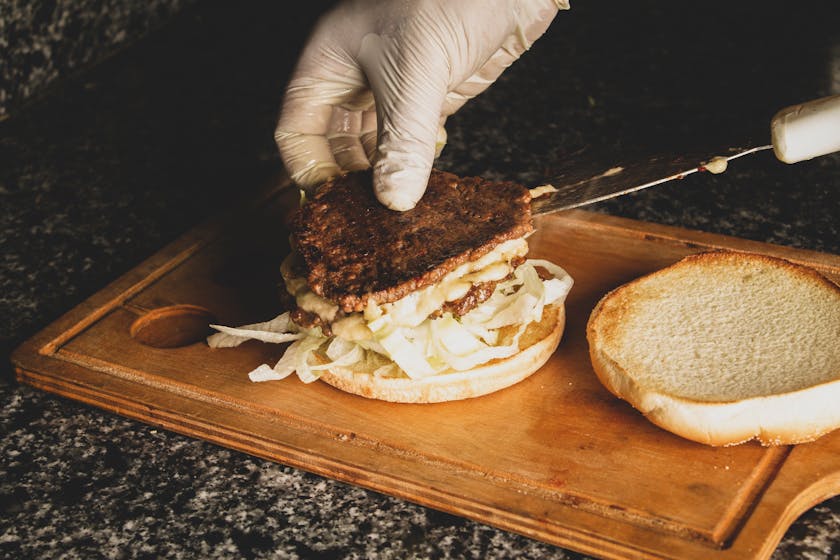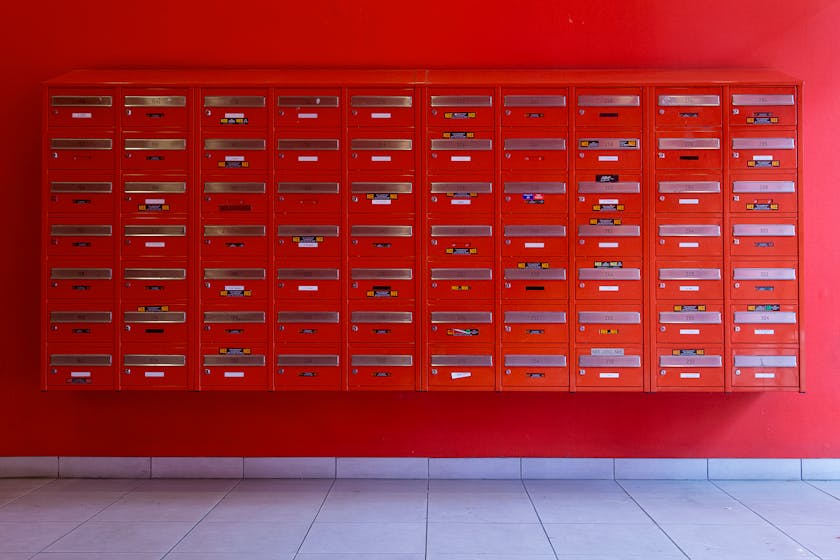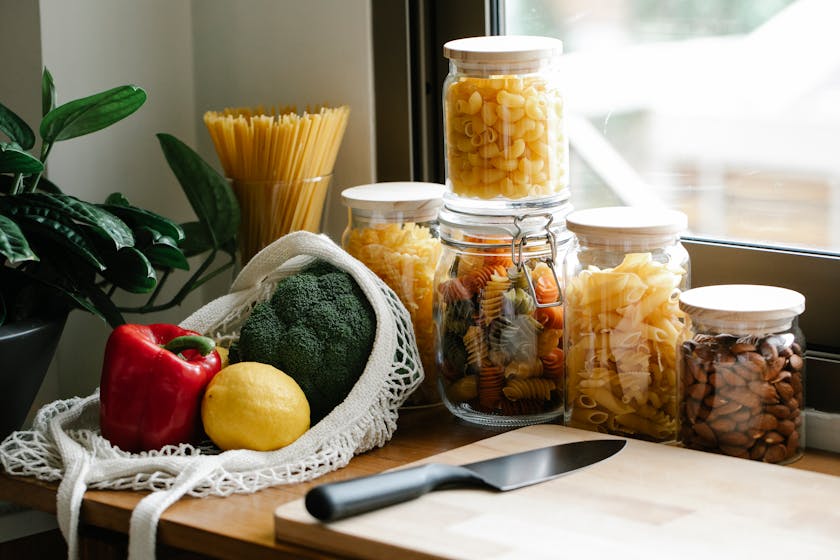When it comes to emergency preparedness, having a reliable strategy for bulk meal storage is crucial. In uncertain times or in the face of natural disasters, having a stockpile of nutritious, long-lasting food can make all the difference. This how-to guide will walk you through the essential steps to effectively manage your bulk meal storage for those critical situations.
Understanding the Importance of Bulk Meal Storage
Bulk meal storage is not just about hoarding food; it’s about smart planning and ensuring you have a variety of sustenance that can last for extended periods without refrigeration or cooking. It’s important to choose food items that have a long shelf life, require minimal preparation, and meet your nutritional needs.
Choosing the Right Food Items
When selecting food for your emergency stash, focus on non-perishable items such as:
- Dried grains and legumes
- Canned meats and vegetables
- Dehydrated fruits and vegetables
- Dried pasta and rice
- Meal replacement bars
- Powdered milk and eggs
These items are not only calorie-dense but also offer a variety of essential nutrients.
Storing Your Bulk Meals Properly
Once you have your food items, proper storage is key. Use airtight containers and vacuum-sealed bags to protect against moisture and pests. Store food in a cool, dark place to extend its shelf life, and make sure to label each container with the date of storage.
Maintaining Your Emergency Food Supply
It’s also important to regularly rotate your food supply to ensure nothing goes to waste. Use the oldest items first and replace them with newer stock. This practice, known as “first in, first out,” will keep your emergency food supply fresh and viable.
Planning Your Meals and Quantities
When storing bulk meals, plan for at least a three-day supply per person as a minimum. However, for comprehensive emergency preparedness, aim for a two-week supply or more. Consider special dietary needs and preferences of your household members when planning your meal storage.
Incorporating Bulk Meal Storage into Everyday Life
Integrating your emergency food into your regular meal planning can help you maintain a rotation and familiarize yourself with the taste and preparation methods. This will make the transition easier in case of an emergency.
Creating an Organized System for Accessibility
Organization is vital for quick access to your food in an emergency. Categorize your food by type and expiration date, and create an inventory list. This will help you keep track of what you have and what you may need to restock.
Remember that water is just as important as food. Store enough water for drinking, cooking, and sanitation. Consider water purification methods as well, such as tablets, filters, or boiling.
Investing in Specialized Storage Furniture or Equipment
Invest in shelving units or storage systems designed for bulk food storage. These can help maximize space and keep your supplies organized and easily accessible.
In conclusion, bulk meal storage is a fundamental aspect of emergency preparedness. By following these guidelines, you can ensure that you and your loved ones are well-equipped to handle unexpected events with confidence and security.



